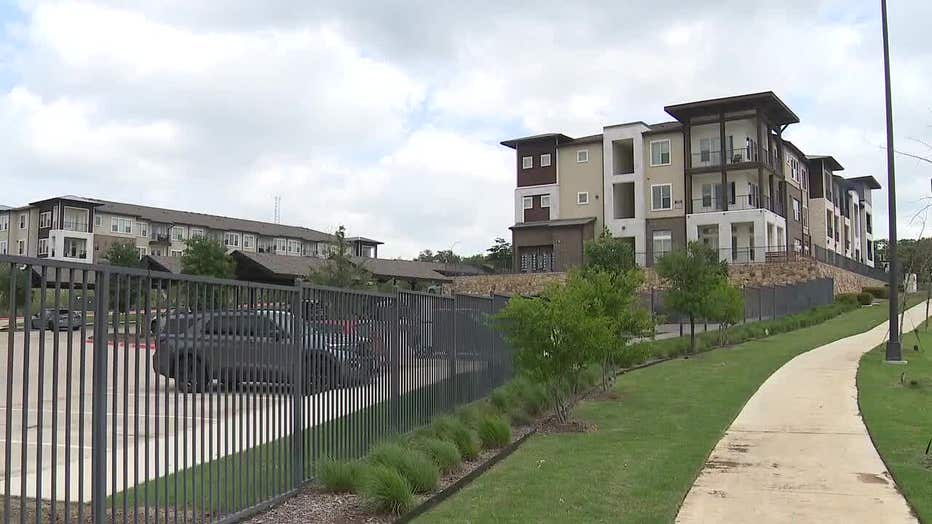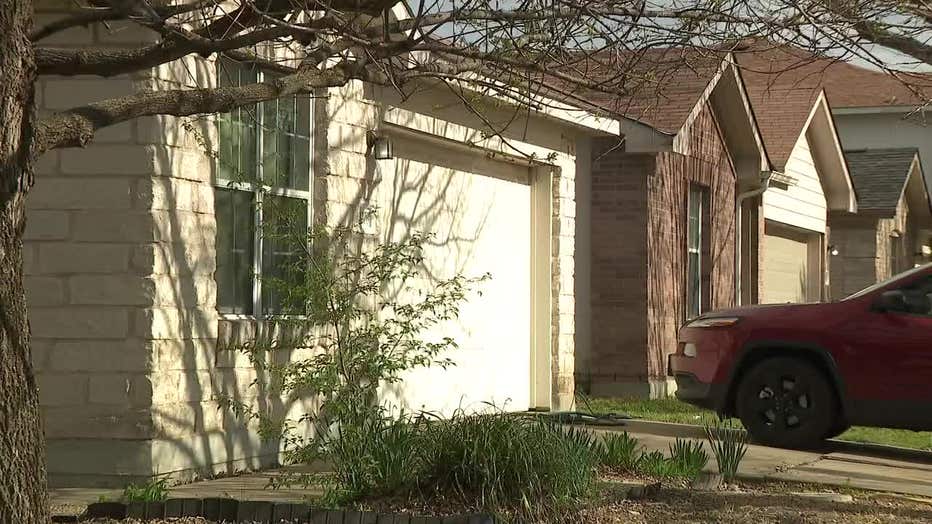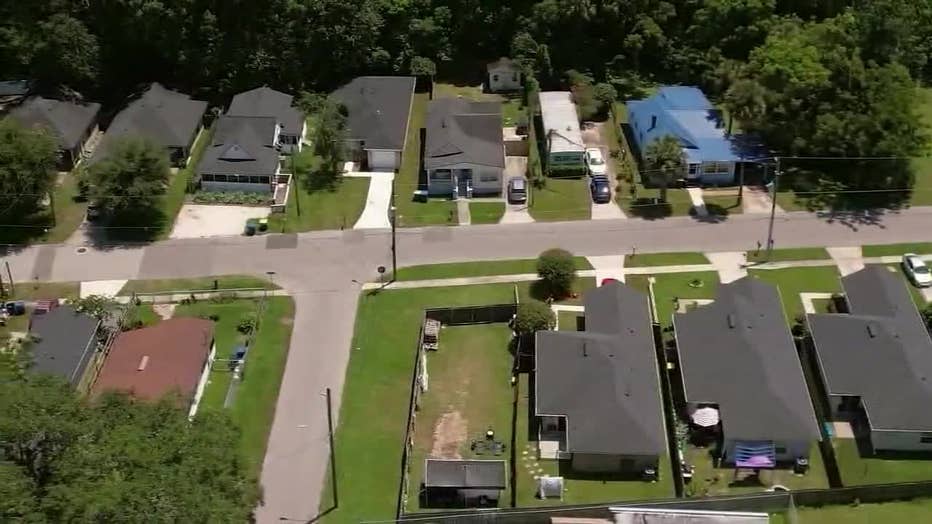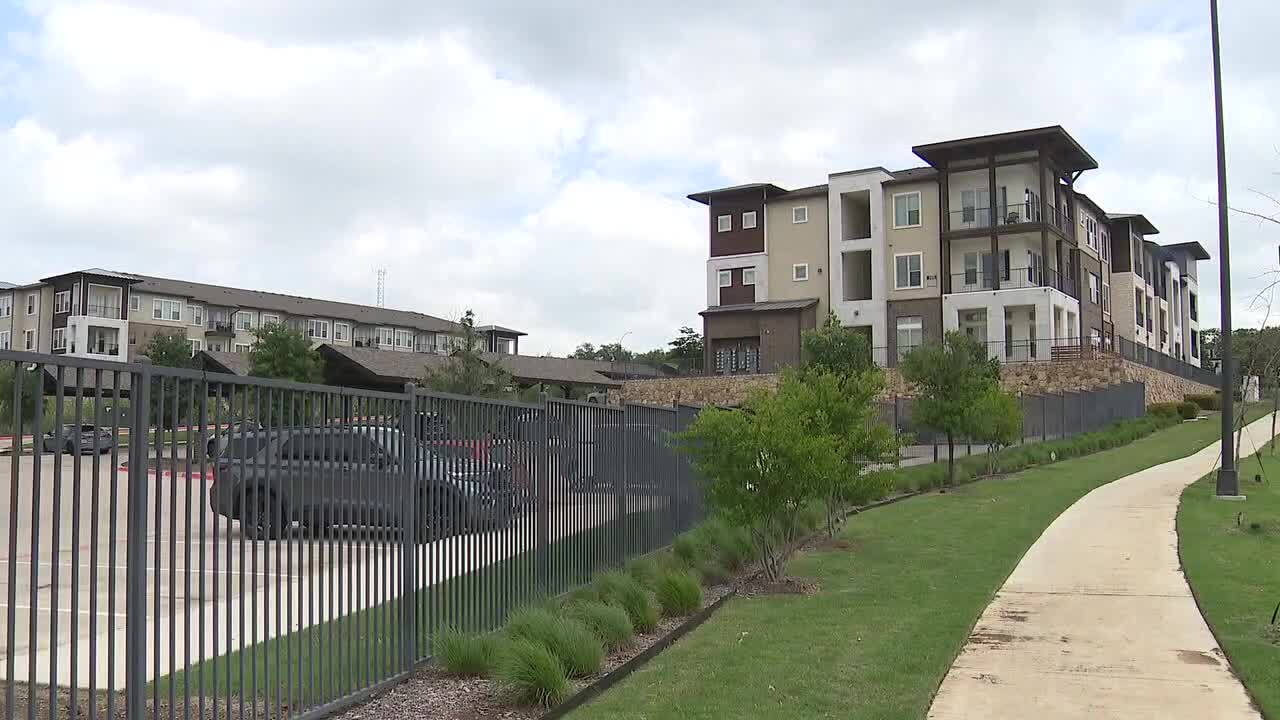AUSTIN – According to data from Zillow, the average rent for a one-bedroom apartment in the city of Austin is currently $1,300 a month. That’s down by approximately 3.8% from last year. But that doesn’t necessarily mean that living in the city is getting any cheaper for renters.

What we know:
Fees for things like pest control, valet trash, and amenities are not included in the price, so they’re not calculated in median rental data for the city. But they could raise the monthly bill renters receive by hundreds of dollars.
“We’ve seen an increase in junk fees and mandatory fees that tenants are paying, and they’re being disaggregated from the rental amount,” said Shoshana Krieger, project director for Building and Strengthening Tenant Action (BASTA).

That’s a challenge for many of the city’s renters, more than half of whom Krieger says are cost-burdened, meaning they’re spending more than 30% of their income on housing. And Krieger says decreases in the average market rent are typically not felt by the city’s neediest renters.
“As rents have gone down, we have seen less of an impact on affordability in affordable housing, because a lot of affordable housing ties rent limits to the area median income,” she said.
Local perspective:
In fiscal year 2025, the median family income in the Austin metropolitan area was $133,800, according to data from the U.S. Department of Housing and Urban Development. That’s up nearly 40% since 2019, driven by growth in the area’s high-paying tech sector.
For tenants living in many of the city’s affordable housing developments, the price of rent can rise at a similar rate. As a result, living in the city of Austin is actually becoming less affordable for some renters.
“When our area’s median income skyrockets, that means what a landlord is allowed to charge for rent skyrockets,” said Krieger.
“When you talk to working-class folks who are juggling many, many different things, trying to get their kids to school, trying to get themselves to their jobs, trying to buy their groceries, one of the biggest things they talk about is, how am I going to afford rent next month.”
Dig deeper:
As inflation pushes up prices for essentials like groceries, which are up 2.7% from last September per figures from the Bureau of Labor Statistics, while the availability of rental assistance falls, evictions in the city are surging.

In Travis County, Krieger says evictions are on track to reach their highest levels in 2025, with 11,235 evictions filed so far this year, compared to 9,981 at this time last year.
More apartments are sitting empty, with the city’s vacancy rate coming in at about 10%, according to information from local real estate group Team Price Real Estate. That figure would typically point to a softer market, but experts say there is a mismatch between current supply and the truly affordable units that many Austinites need.
The Source: Information in this article was provided by FOX 7’s Bryanna Carroll.

